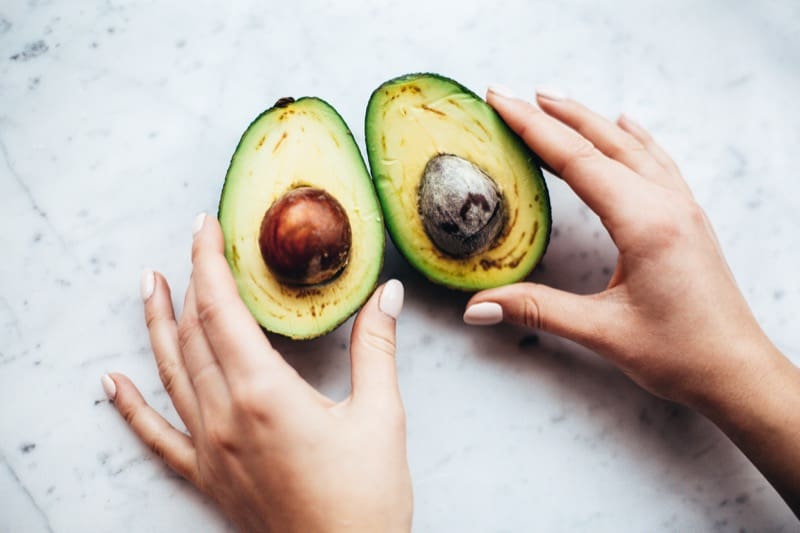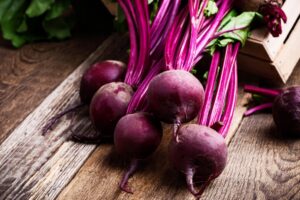
Top 5 Reasons to Follow a Paddock-to-Plate Diet
Today, people’s fast-paced lifestyles have made it more and more challenging to eat and live healthily.
We’ve come to depend on convenience food that’s ready-made for us to consume. But restaurant- or convenience store-bought food is the least of our concerns.
The proliferation of processed junk food that’s high in sugar, fats, and sodium yet devoid of essential nutrients is worrisome. What’s more, these processed food products are made with artificial ingredients and chemicals, including flavourings and food colouring.
Even the meat and some of the fresh produce we consume sourced from industrial farms don’t have the same healthful composition as, say, free-range or organic products.
In a way, we’ve become completely divorced from the sources of the food we consume every day. We’ve no idea how the food we eat is produced or what ingredients are used in the convenience or processed food we pick up from the store or restaurant or that gets delivered to our doorstep.
But with the paddock-to-plate (aka farm-to-table or farm-to-fork) diet, we’ll not only be able to rebuild our connection to our food producers and the livestock and fresh produce that comprise our food. We’ll also be able to adopt healthier eating habits, learn to prepare and cook our own food, and do a little good for the environment and our communities as well.
In order to understand and appreciate all that the paddock-to-plate diet offers, let’s dive deep into the farm-to-table concept and the top five reasons why it makes sense to follow it.

Paddock-to-Table Diet Basics
The terms ‘paddock-to-plate‘ and ‘farm-to-table diet’ are nothing new, as the concept of farm-to-table steadily gained popularity in culinary and climate-friendly literature.
Paddock-to-plate or farm-to-table simply refers to using and eating locally produced food that’s fresh, sustainable, and as close to its natural state as possible.
And, just like organic food, the paddock-to-plate approach to eating continues to capture people’s interest – especially among those who wish to live sustainably and do a bit of good for the environment.
Health and wellness advocates and climate-considerate diners typically ask the following questions when it comes to deciding on whether the food they are served or eating agrees with their philosophy:
- Where were the food ingredients sourced?
- How was the food prepared?
- How much processing were the ingredients subjected to?
- Was the food produced by sustainable, eco-friendly sources or farms?
Whether you find the paddock-to-plate diet attractive is entirely up to you. However, we all know that climate change is a global concern. Therefore, the need to switch to a more natural, minimally processed diet devoid of chemicals for good health is already well established.
Benefits of Paddock-to-Plate Eating
Whether you’re talking about consuming only paddock-to-plate beef and fresh produce or getting your fresh meat exclusively from a paddock-to-plate butcher, it all counts.
However, adopting the paddock-to-plate or farm-to-table diet can get a whole lot easier when you get to know the benefits it provides. They are as follows:
1. You have access to the freshest, most nutritious produce.
Since the paddock-to-plate concept is focused on buying and eating locally sourced food, you can be sure you’ll have access to the freshest produce that’s available and ready for you to consume. It’s a lot like getting to eat fresh fruits and veggies picked on the same day in a community garden.
The freshness factor also means the items you buy or the food you eat has the optimum amount of nutrients to help keep you healthy. The reason for this is that the farther away food is sourced, the longer it takes to become available to you, and the more nutrients it loses on its journey from the source to you.
Additionally, imported produce has to travel hundreds or thousands of kilometres away to reach you. Thus, farmers in the source country must harvest fruits and vegetables early on – sometimes before they reach the peak of ripeness. Therefore, these products will need to be stored for longer until they are ripe enough to sell. By the time they reach store shelves, they would have lost a substantial amount of nutrients.
In contrast, paddock-to-plate butchers and supermarkets work with farms directly to deliver fresh meat and produce to consumers. This way, you’re assured that you’re not only buying fresh food products but also getting them at their most nutritious state.
2. Local communities reap economic benefits.
When people choose to buy local – and we’re not just talking about the farm-to-table diet here – they’re helping circulate the money they spend within the local economy.
So, you have the farmer and their helpers, butchers, sellers, and consumers all benefitting from the arrangement. Consumers no longer need to indirectly pay for all expenses related to harvesting, processing, and transporting food products originating from somewhere far away.
You also won’t be subjected to the interference of go-betweens or industry intermediaries who usually jack up food prices to make profits. Instead, you can buy your food supplies from a greengrocer, farmers’ markets, and other similar establishments.
When you opt to source your food supplies locally, you’re contributing to the development of a robust local farm economy that doesn’t depend on imports and big companies or industries for its food supplies.
3. It uplifts people’s social and financial standing.
When local community farms are given opportunities to thrive and grow, they can support and uplift the lives of their workers, families, or other people dependent on their income.
In turn, everyone involved with these farms can begin spending well on their basic needs, including education, housing, and so on. This way, they can also live a happy, comfortable life – something we all aspire for and deserve.
4. It promotes sustainability through the reduction of carbon emissions.
The paddock-to-plate concept is inherently sustainable. It eliminates transportation costs and reduces carbon emissions resulting from transportation and food storage requirements.
When you purchase food from other places, you also have to pay for your transportation, increasing emissions. Also, transport vehicles used to deliver food can contribute to the already-high levels of greenhouse gases in the atmosphere.
Also, local farms practise eco-friendly farming methods, like hydroponics, organic farming, and other natural food production methods, so food grows naturally. By supporting locally produced, paddock-to-plate food products, you’re also helping encourage the widespread adoption of eco-friendly farming and business practices.
5. You become ethically responsible for what you’re eating.
The farm-to-table approach requires you to know what you are eating and where you are getting your food from.
When you familiarise yourself with the farms providing your food, you also have the opportunity to support their ethically responsible farming practices. These include the provision of free-range meat, their production of non-GMO crops, and organic farming.
By supporting local farms, you’re also using your purchasing power to do good. In addition, you’ll be helping further the causes you believe in and give other local farms the nudge they need to adopt or continue practising sustainable, ethical farming practices.
See Food in a New Light
Now that you know what constitutes the paddock-to-plate approach to food and eating, you won’t be so easily enticed to purchase imported produce, no matter how attractive they look.
You’ll know that those polished avocadoes and shiny bell peppers in the produce aisle are not as nutritious as you would be led to believe.
More importantly, you’ll become more discriminate in the food products you purchase – perhaps even giving up processed and convenience food eventually. You won’t need to worry about buying chicken or beef that’s been subjected to a chlorine bath or meat that’s full of hormones.
Victoria Moves to Enhance Product Traceability
With Victoria’s global reputation for being an agricultural powerhouse, it’s no wonder the government is investing in and ramping up efforts to enhance its traceability systems.
The aim is to ensure the efficient digital recording of the paddock-to-plate journey of each of the state’s food and fibre products and ensure product integrity to consumers.
So, what this shows us is that beyond the five benefits provided, the paddock-to-plate concept also makes business sense.
Time to Start Your Paddock-to-Plate Journey
The paddock-to-plate concept continues to gain traction not just for health reasons but also because of the many benefits it brings.
Farm-to-table eating strengthens communities, restores our connection to food, and helps us support sustainable farming practices that ultimately empower us to make better food choices. Start your journey today!









